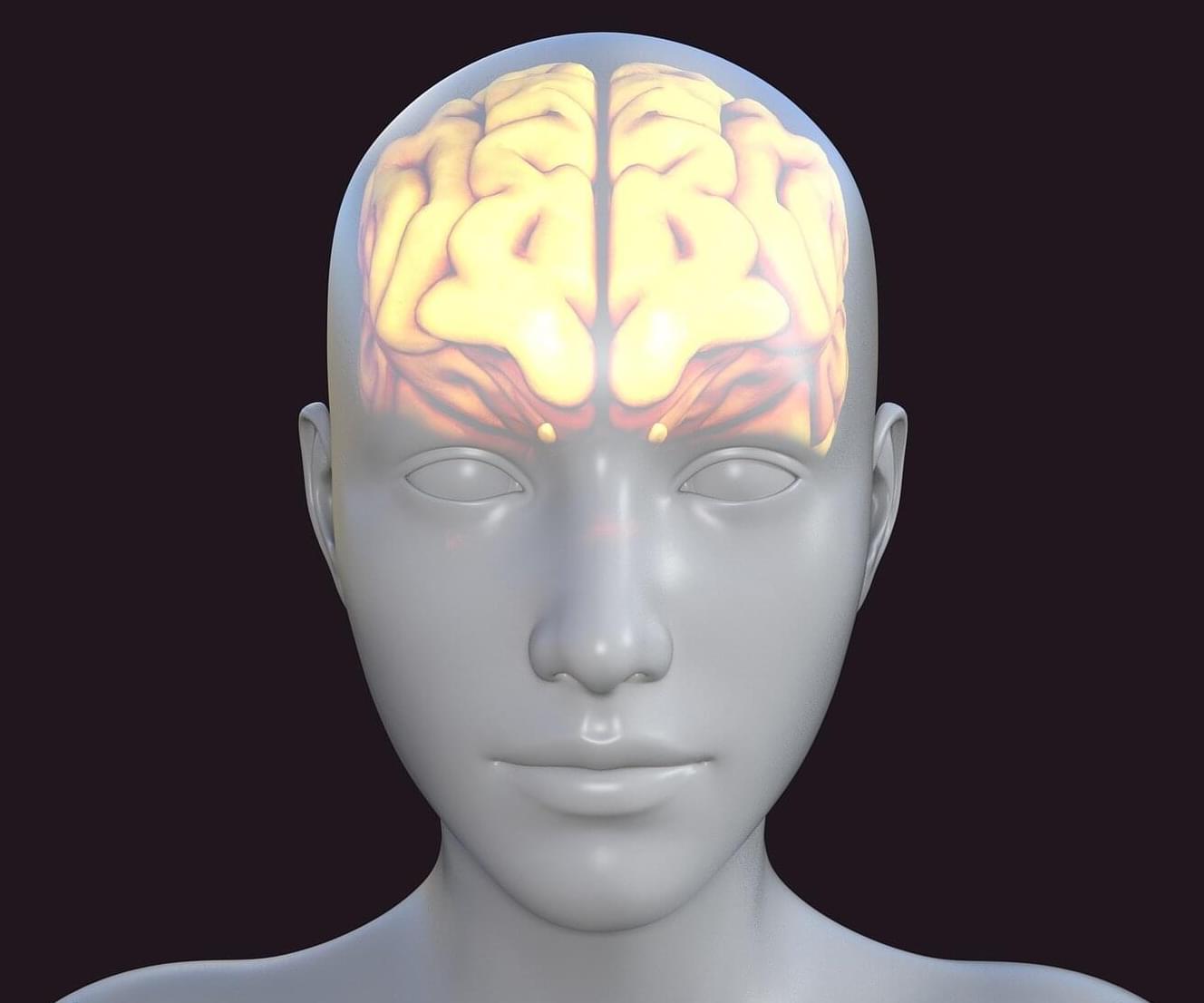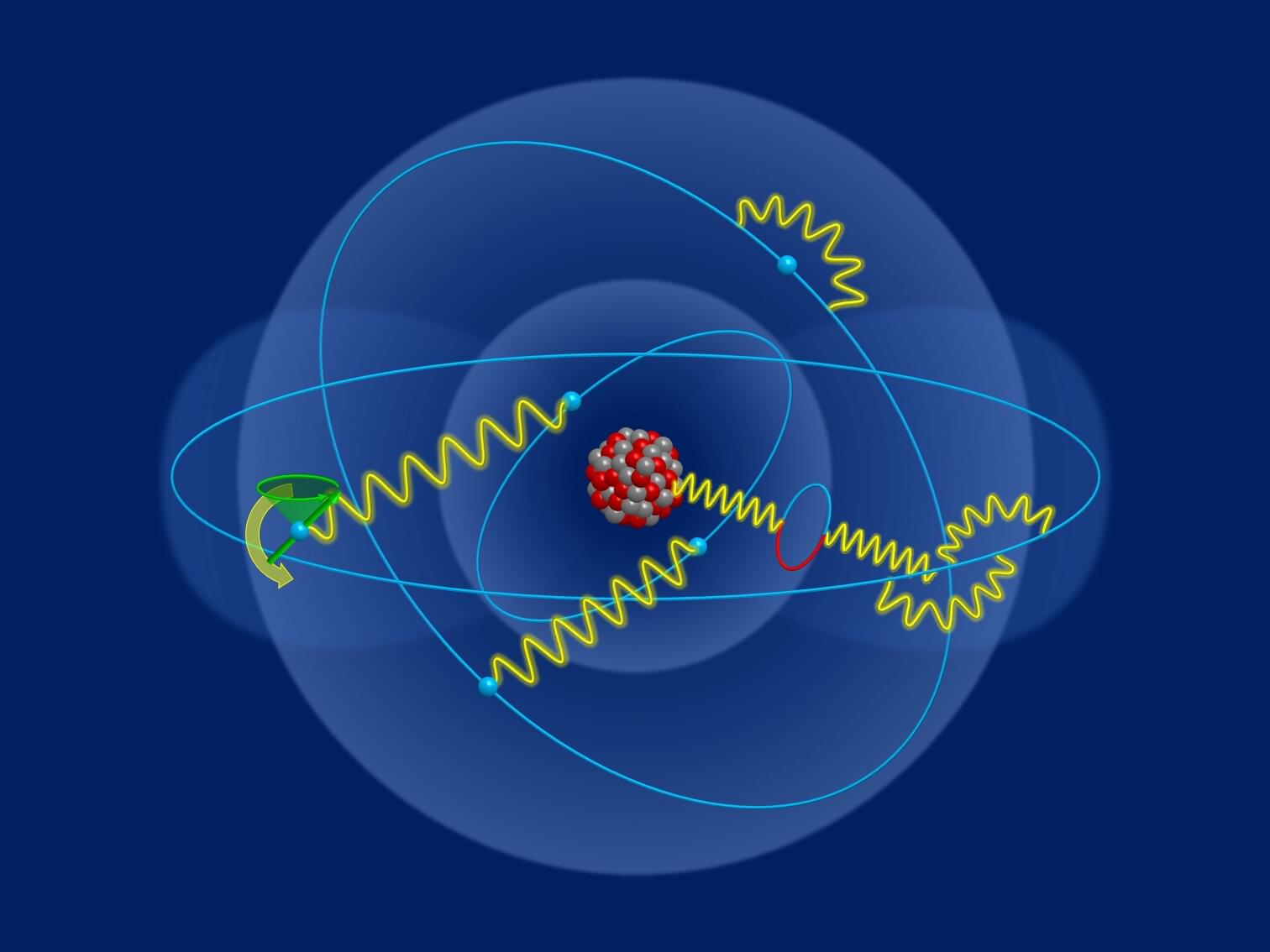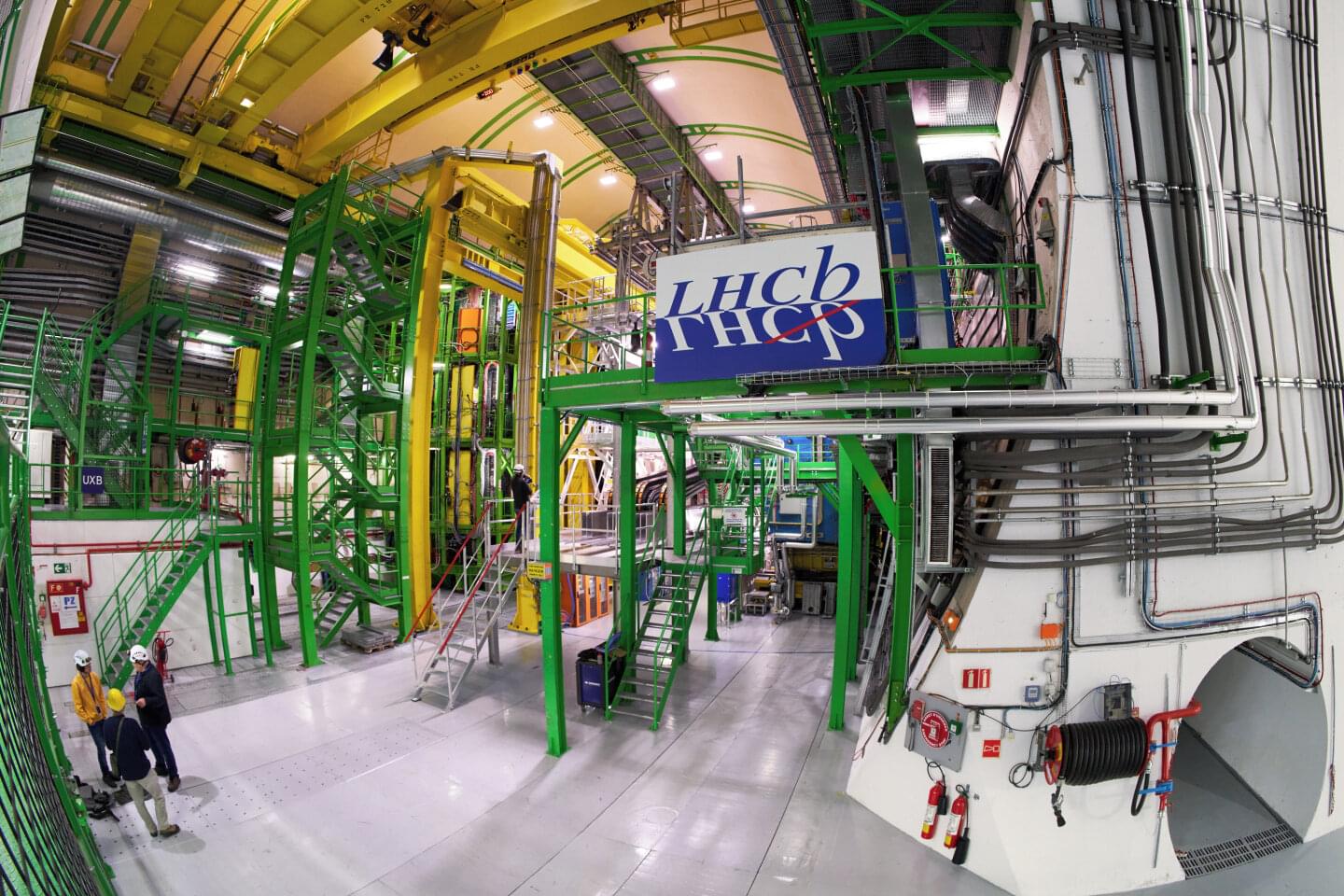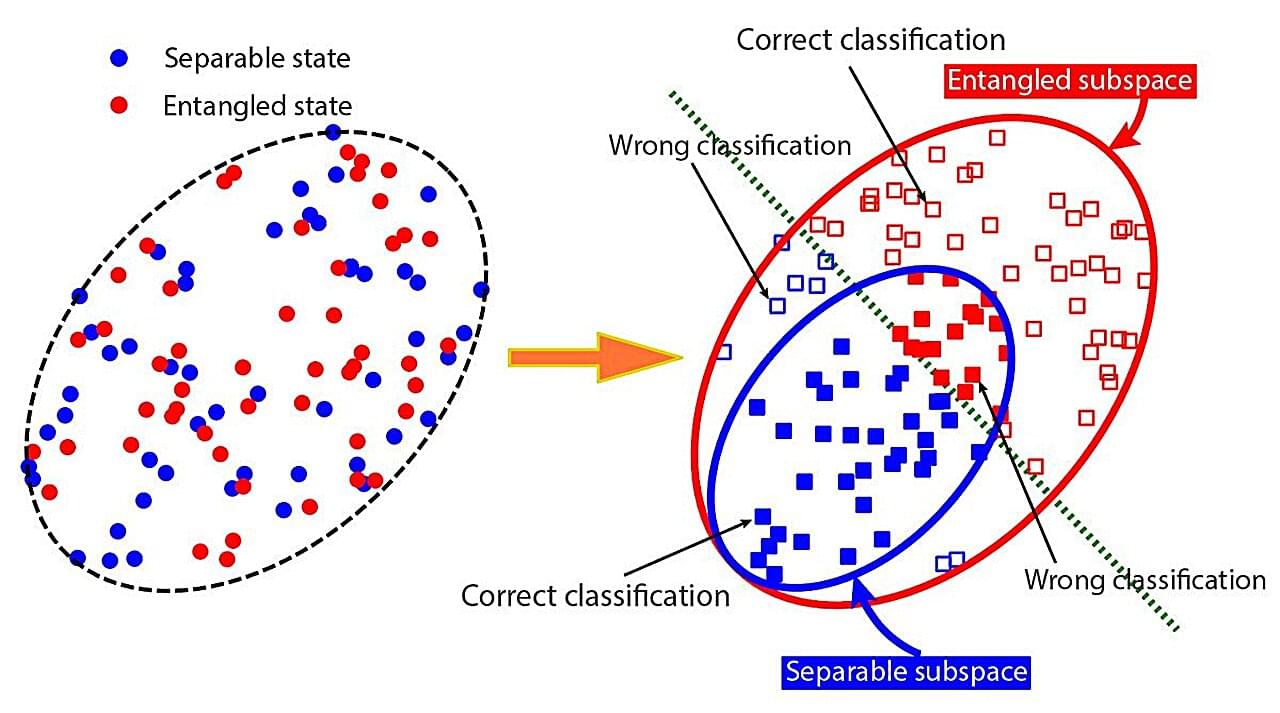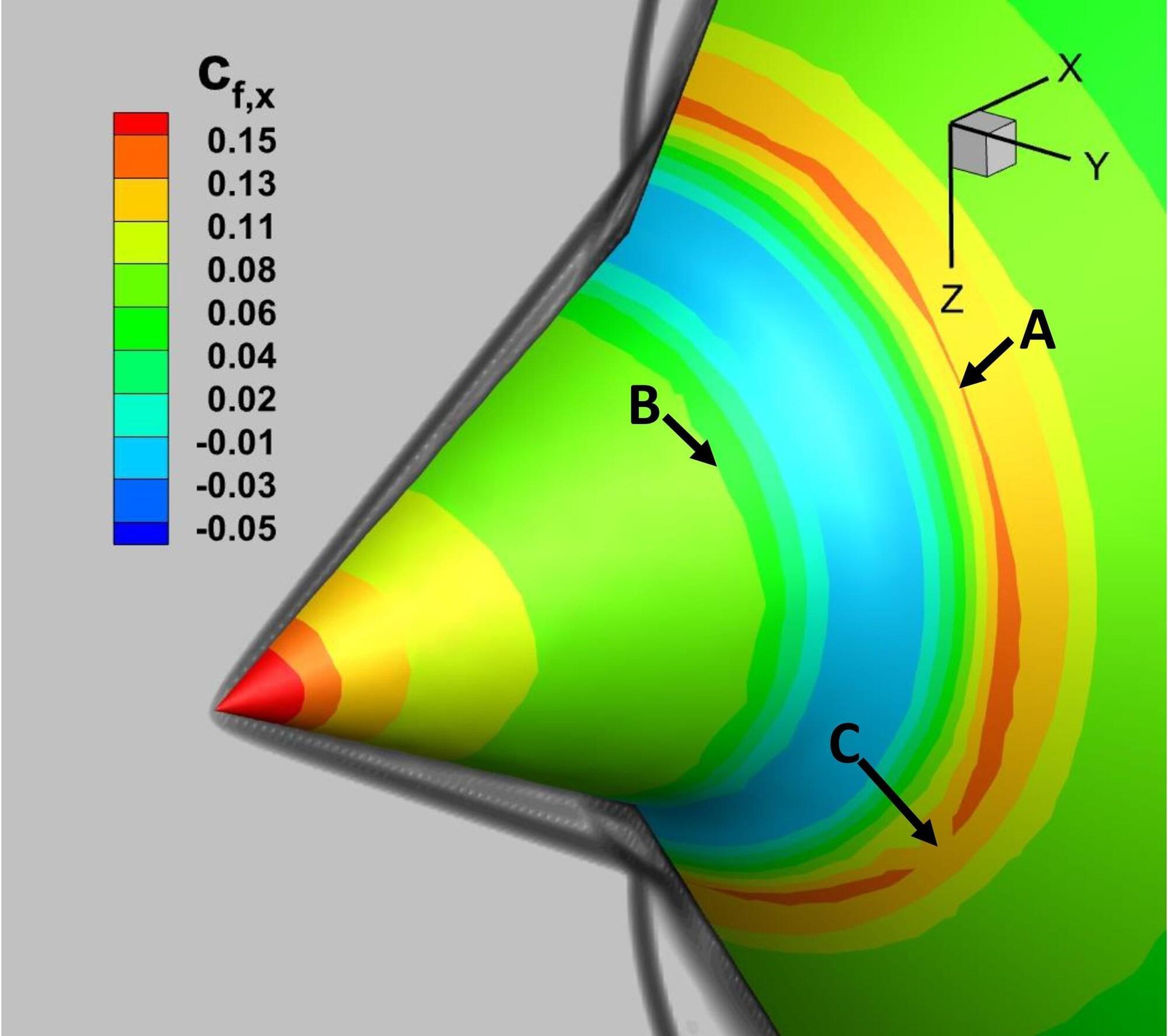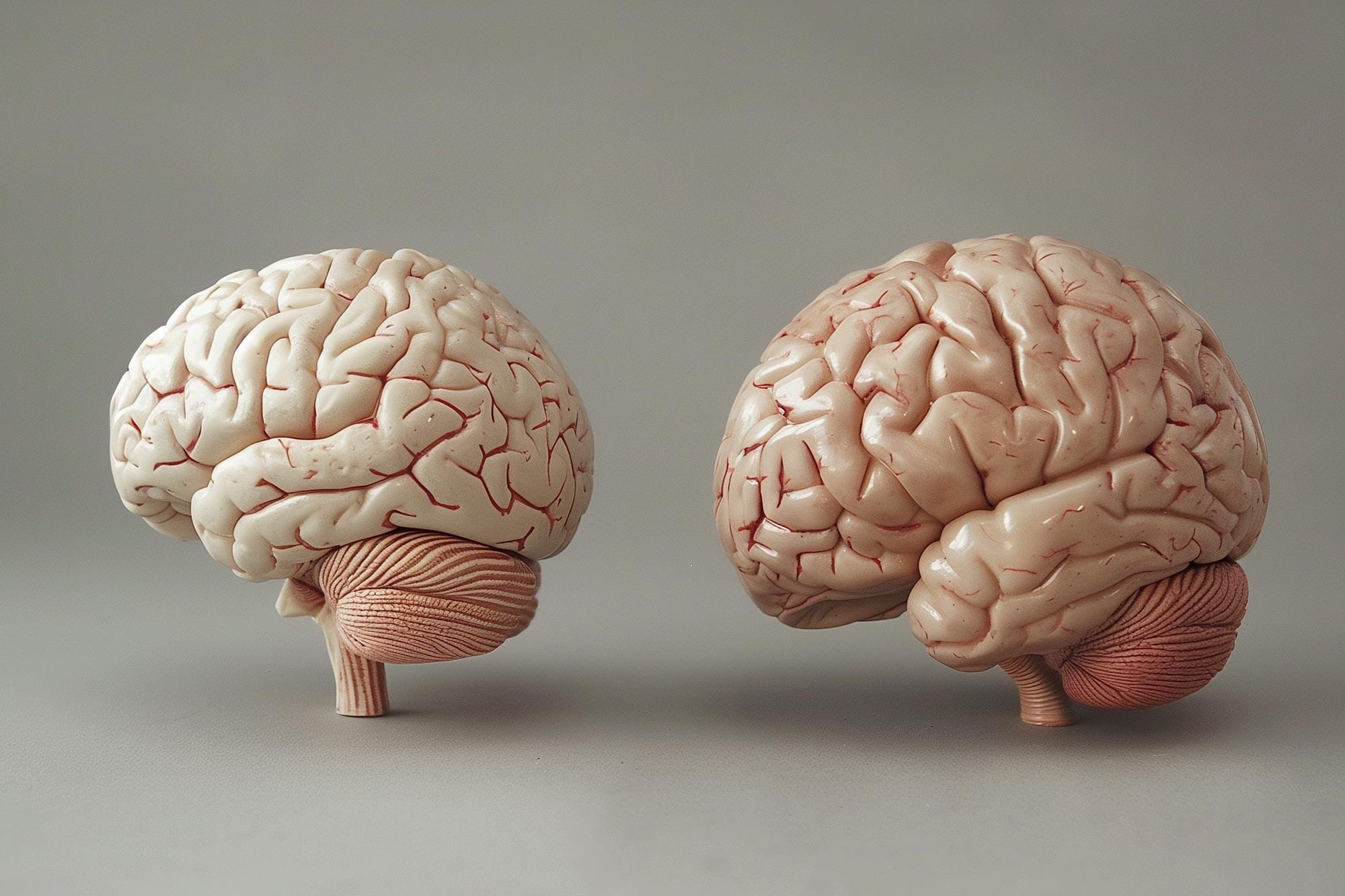For decades, researchers have explored how electrons behave in quantum materials. Under certain conditions, electrons interact strongly with each other instead of moving independently, leading to exotic quantum states. One such state, first proposed by Nobel laureate Eugene Wigner, is the Wigner crystal—a structured electron arrangement caused by their mutual repulsion. Although widely theorized, experimental proof has been rare.
Researchers at Yonsei University have now provided evidence of Wigner crystallization and the associated electronic rotons. In a study published in the journal Nature, Prof. Keun Su Kim and his team used angle-resolved photoemission spectroscopy (ARPES) to analyze black phosphorus doped with alkali metals. Their data revealed aperiodic energy variations, a hallmark of electronic rotons.
Crucially, as they decreased the dopant density within the material, the roton energy gap shrank to zero. This observation confirmed a transition from a fluid-like quantum state to a structured electron lattice, characteristic of Wigner crystallization.

